Production Steps of Power Lithium Battery after Ordering
After a single power lithium battery is placed, the production steps usually include the following stages, each of which is crucial and affects the quality and performance of the final product:
-
raw material procurement and inspection
first of all, manufacturers need to purchase various raw materials, including cathode materials, anode materials, electrolyte, diaphragm, etc. These raw materials have an important impact on the performance and safety of the battery. After purchasing, strict raw material inspection is required to ensure that the raw materials meet the requirements and there is no quality problem. -
Positive and Negative electrode preparation
positive electrode and negative electrode are the core parts of the battery, and their preparation process has an important influence on the battery performance and cycle life. The positive electrode usually consists of lithium nickel cobalt manganese acid skeleton, conductive agent and binder, while the negative electrode usually consists of graphite, conductive agent and binder, etc. During the preparation process, it is necessary to control the material ratio, tablet process and baking process to ensure that the positive and negative electrodes have good electrochemical performance and structural stability. -
Assembly and packaging
after the preparation of positive and negative electrodes is completed, the battery needs to be assembled and packaged. This step usually involves assembling the positive and negative electrode pieces with the diaphragm, electrolyte, etc., connecting them with aluminum foil or copper foil, and finally packaging them into batteries. During the assembly process, environmental conditions need to be strictly controlled to avoid foreign matter entering and pollution inside the battery, and to ensure the integrity and safety of the battery package. -
Charge/discharge test
the assembled battery needs to be tested for charging and discharging to verify its performance and safety. Charging and discharging tests usually include static performance tests and dynamic performance tests. Through the tests, key performance indicators such as battery capacity, internal resistance and cycle life can be evaluated to ensure that the battery meets the requirements. -
Finished product inspection and packaging
batteries that pass the charge and discharge test will be inspected for finished products, including visual inspection, capacity test, safety test, etc. Product quality and consistency can be ensured through finished product inspection. Subsequently, qualified batteries will be packaged, usually with anti-static packaging and anti-seismic packaging to ensure that the products are not damaged during transportation. -
Quality control and traceability of finished products
after the production is completed, the manufacturer needs to establish the quality control system of finished products and carry out traceability management of finished products. This includes recording the production process parameters, finished product inspection results, packaging information, etc. of each battery for use in after-sales service and product quality problem tracing.
The production steps of power lithium battery include raw material procurement and inspection, positive and negative electrode preparation, assembly and packaging, charge and discharge test, finished product inspection and packaging, finished product quality control and traceability and other links. Each link needs to be strictly controlled to ensure that the quality and performance of the final product meet the requirements.
 Dongguan Juneng New Energy Technology Co., Ltd.
Dongguan Juneng New Energy Technology Co., Ltd.
 137 5142 6524(Miss Gao)
137 5142 6524(Miss Gao)
 susiegao@power-ing.com
susiegao@power-ing.com
 Xinghuiyuan High tech Industrial Park, Dalang Town, Dongguan City, Guangdong Province
Xinghuiyuan High tech Industrial Park, Dalang Town, Dongguan City, Guangdong Province


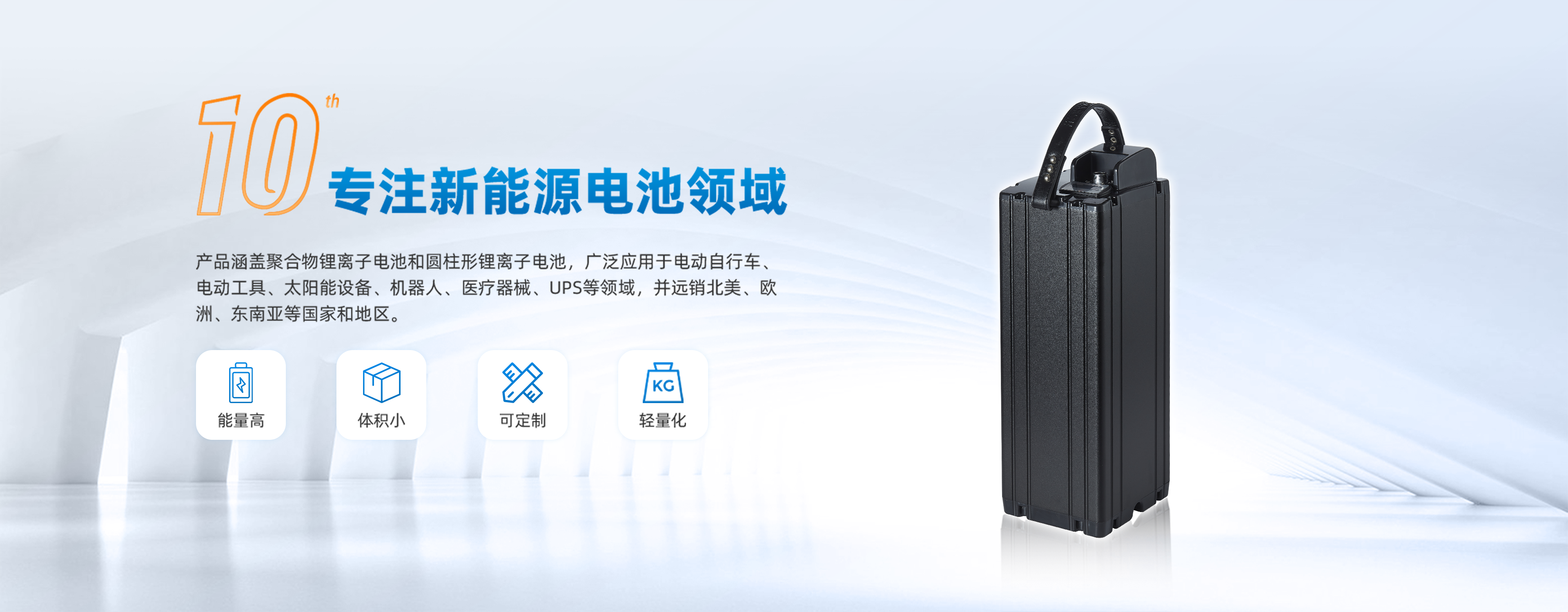
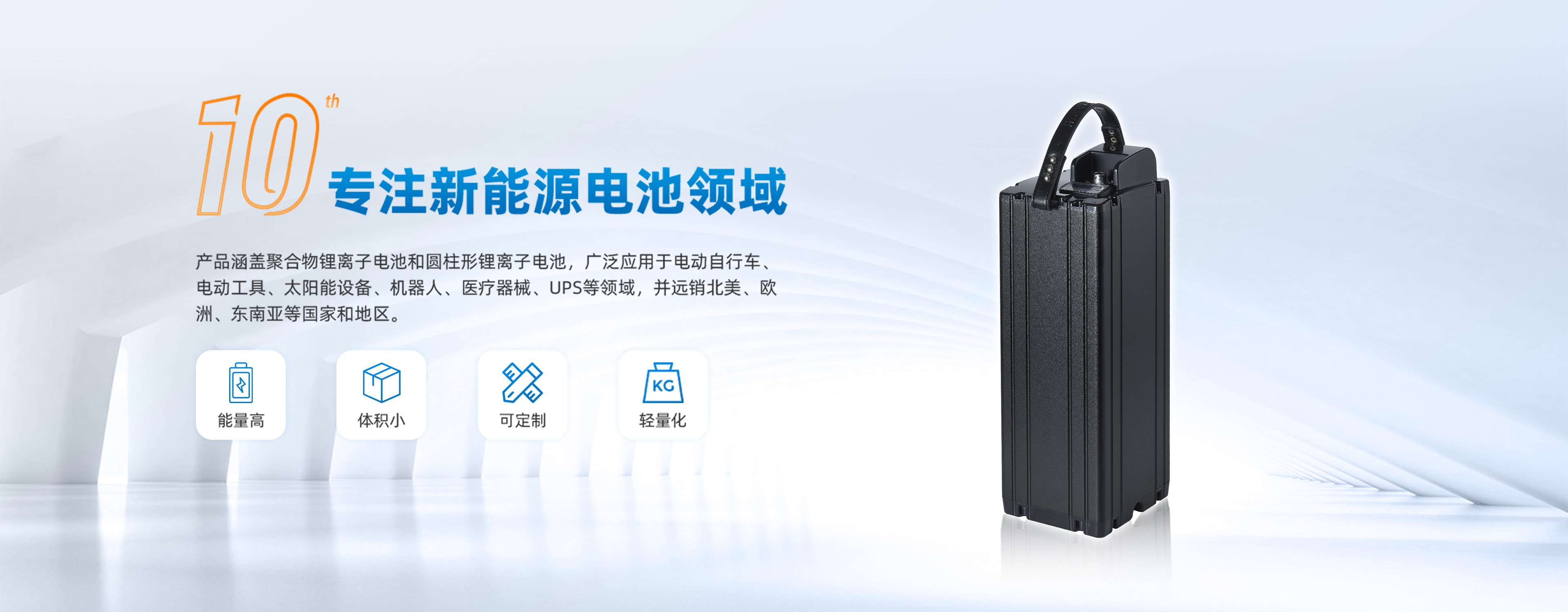
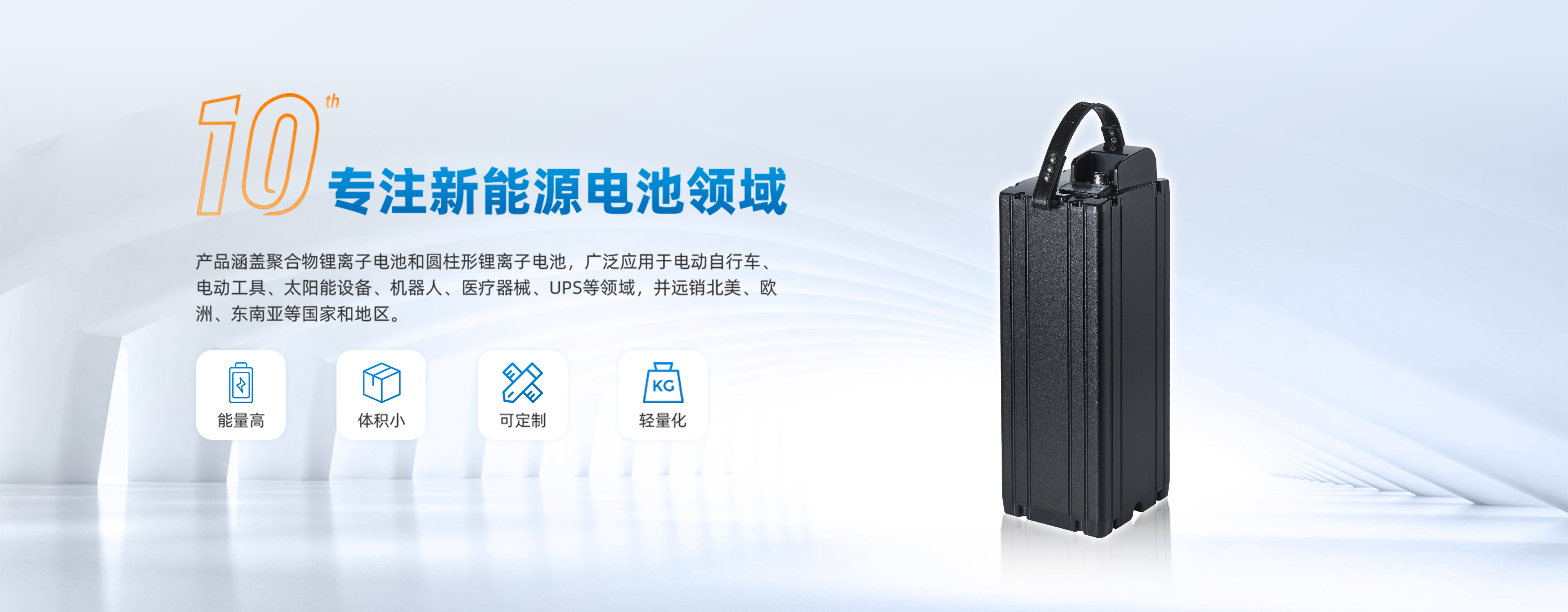



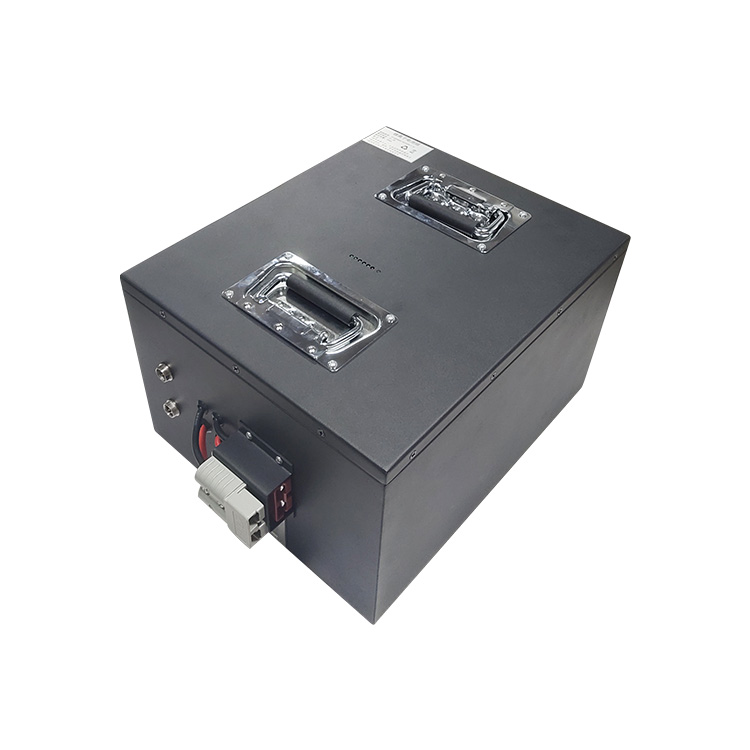


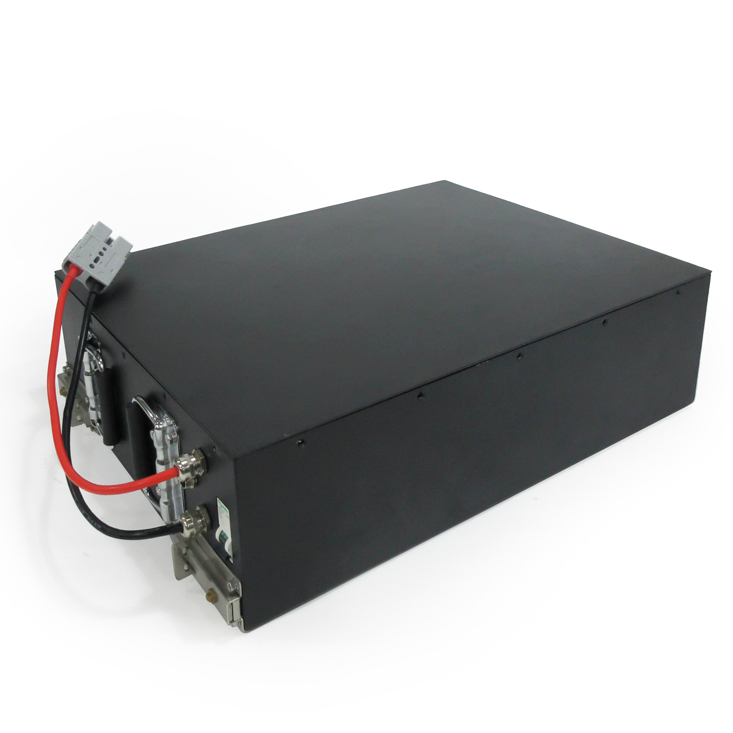

 Yue Gong Wang An Bei No. 4419002007491
Yue Gong Wang An Bei No. 4419002007491